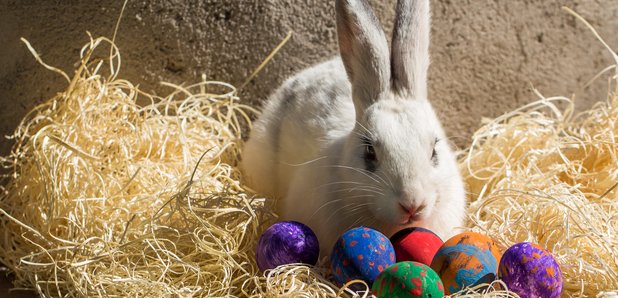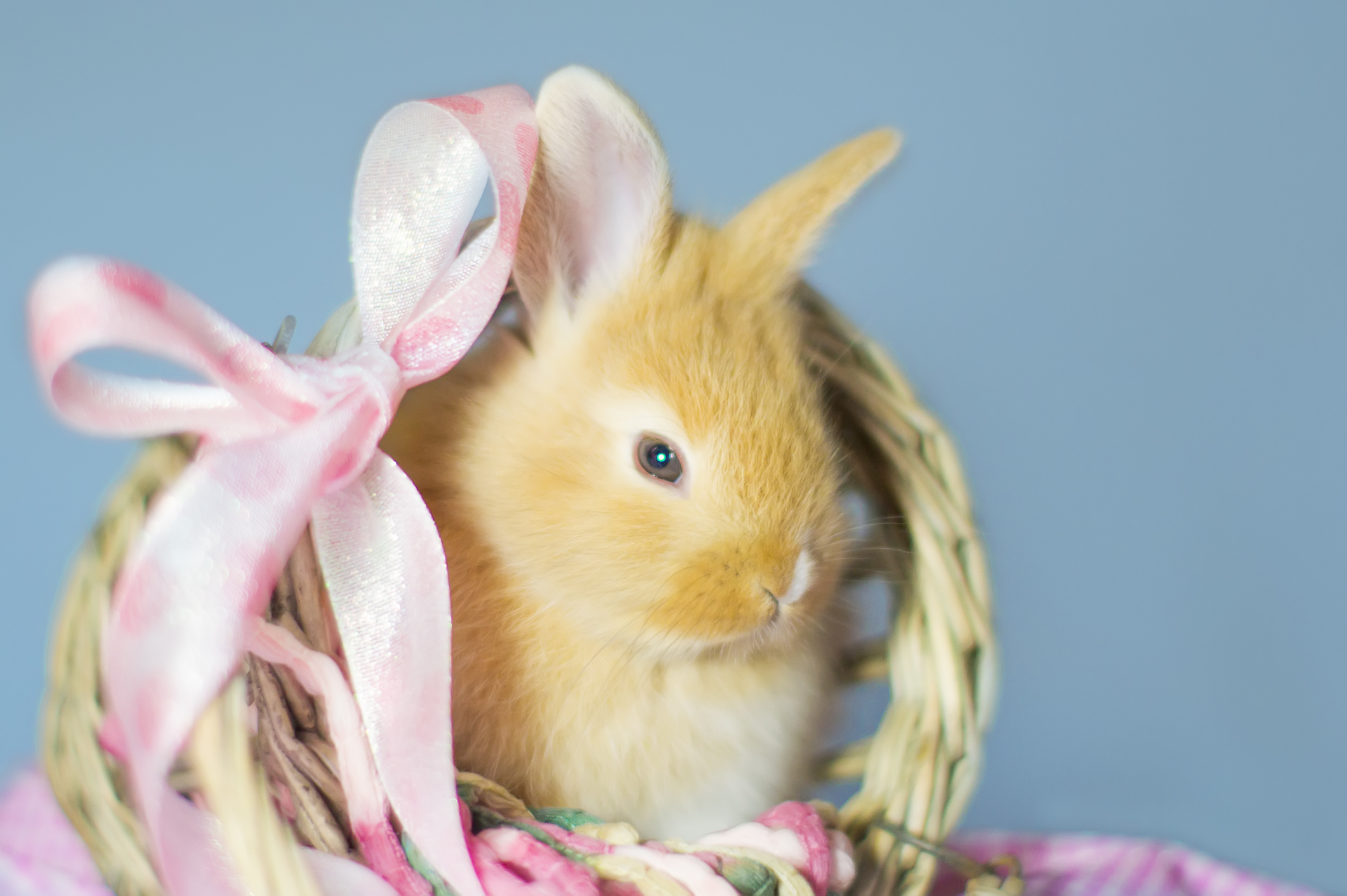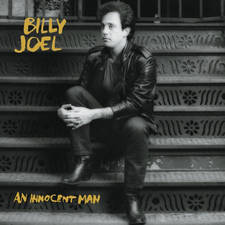Why do we have the Easter Bunny and Easter eggs?
15 April 2019, 11:02

It's easy to almost take Easter traditions for granted.
When you're a kid, you just go along with chocolate eggs and Easter bunnies. But when you stop and think about it, what's all that about eh?
Why do we buy chocolate Easter eggs?

It has become the custom to buy chocolate eggs during the annual Christian event.
The treats usually have a hollow centre, which is a symbol of Jesus' empty tomb. According to the Bible, the Son of God’s body was laid out in the tomb after crucifixion.
Scriptures state that when the stone covering the entrance was moved, Jesus' body was missing, and people soon found that he had risen. Because of this, eggs are also seen as a sign of rebirth.
Also, one ancient tradition was the staining of Easter eggs with the colour red "in memory of the blood of Christ, shed as at that time of his crucifixion."
It wasn't until 1873 that the first chocolate Easter egg was introduced in the UK, by JS Fry and Sons.
In Western cultures, the giving of chocolate eggs is now the norm, with around 80 million Easter eggs sold in the UK alone.
Why do we have the Easter bunny?

While cute bunnies can't be found in Biblical scriptures, they have become synonymous with the Christian festival.
Easter bunnies became part of mainstream tradition in the 17th Century. Early depictions from Germany showed bunnies delivering toys and eggs in baskets to Christian families. Similar to Santa Claus, the 'Easter Hare' played the role of a judge, deciding whether children were good or bad at the start of the season of Eastertide.
However, while it is tricky to note the exact origin of the rabbit as an Easter symbol, many scholars believe it comes from pagan rituals.
The pagan festival Eostre is dedicated to the goddess of fertility, who is usually depicted as a rabbit. Just like the phrase “to go at it like rabbits” states, the animals are often connected with fertility.
This all connects with stories in the Bible, as Easter celebrates the rebirth of Jesus after his crucifixion.
Why do we have hot cross buns at Easter?

While hot cross buns are available throughout the year nowadays, the spiced sweet buns had previously only been available around Easter.
The meal is traditionally eaten on Good Friday in the UK, Australia, Canada, Ireland, New Zealand, South Africa and some parts of the Americas.
The buns mark the end of Lent, and the different areas of the bun have a certain meaning, including the cross representing Jesus' crucifixion, and the spices inside symbolising the spices used to embalm him at his burial.
















